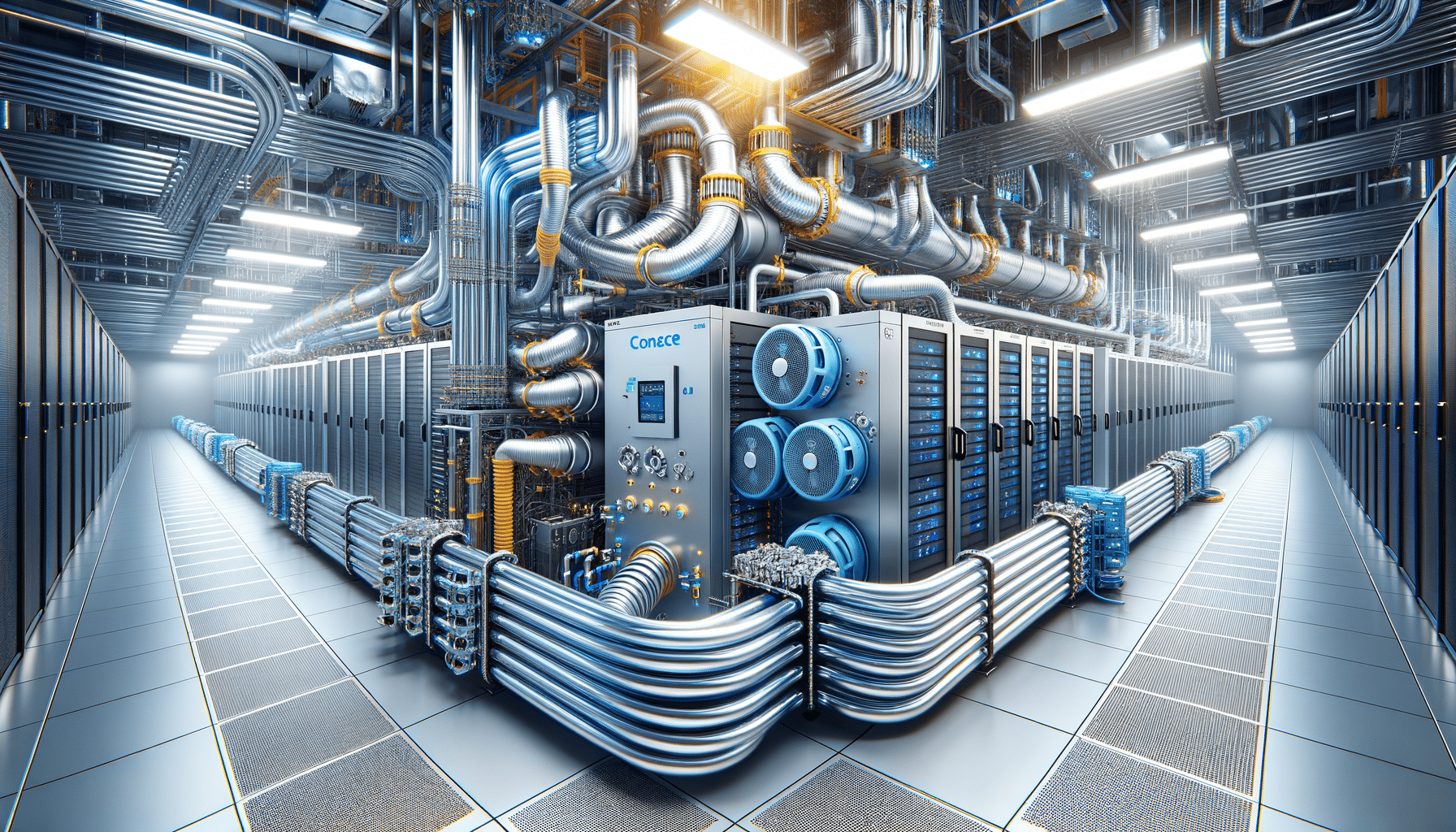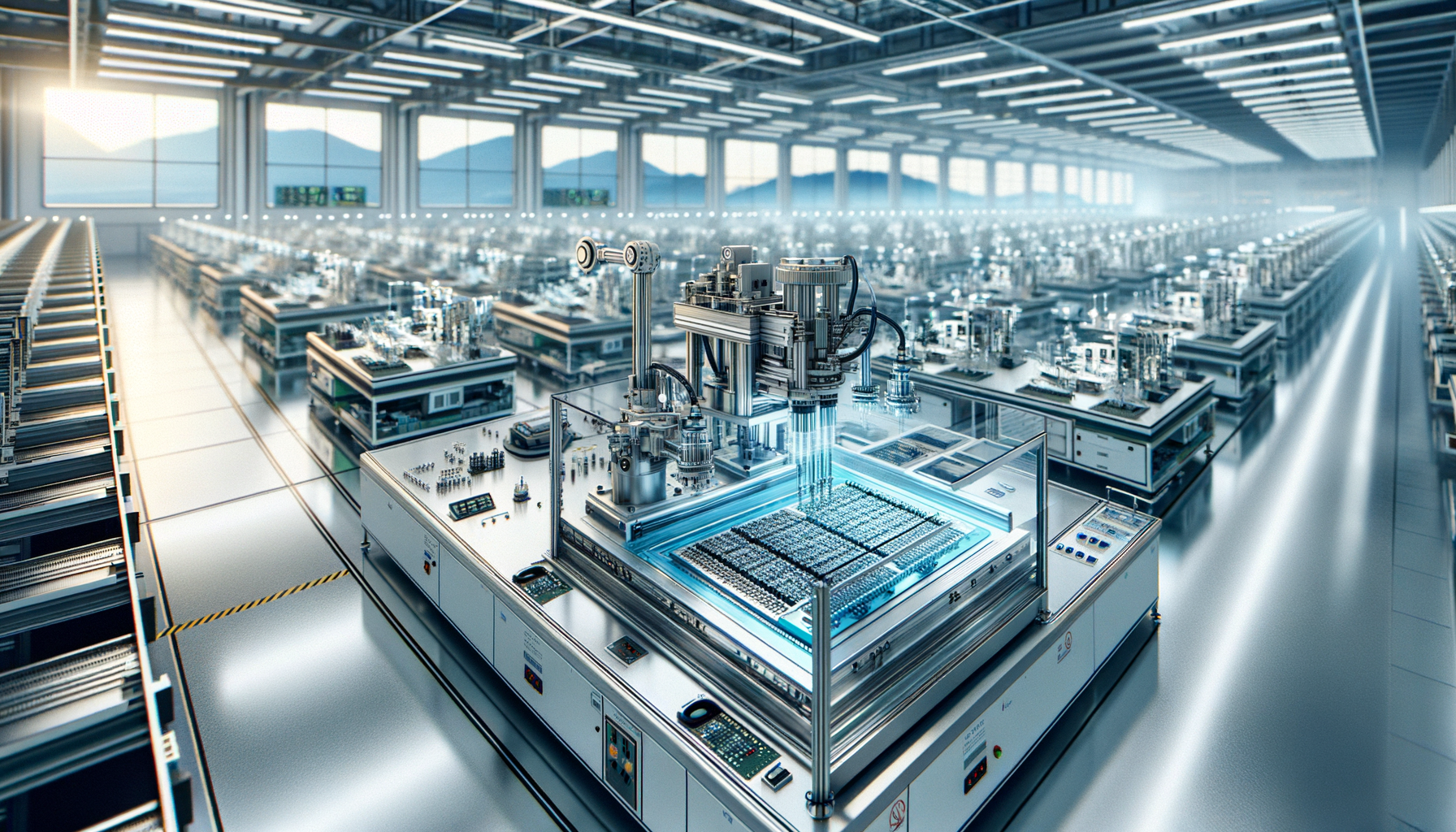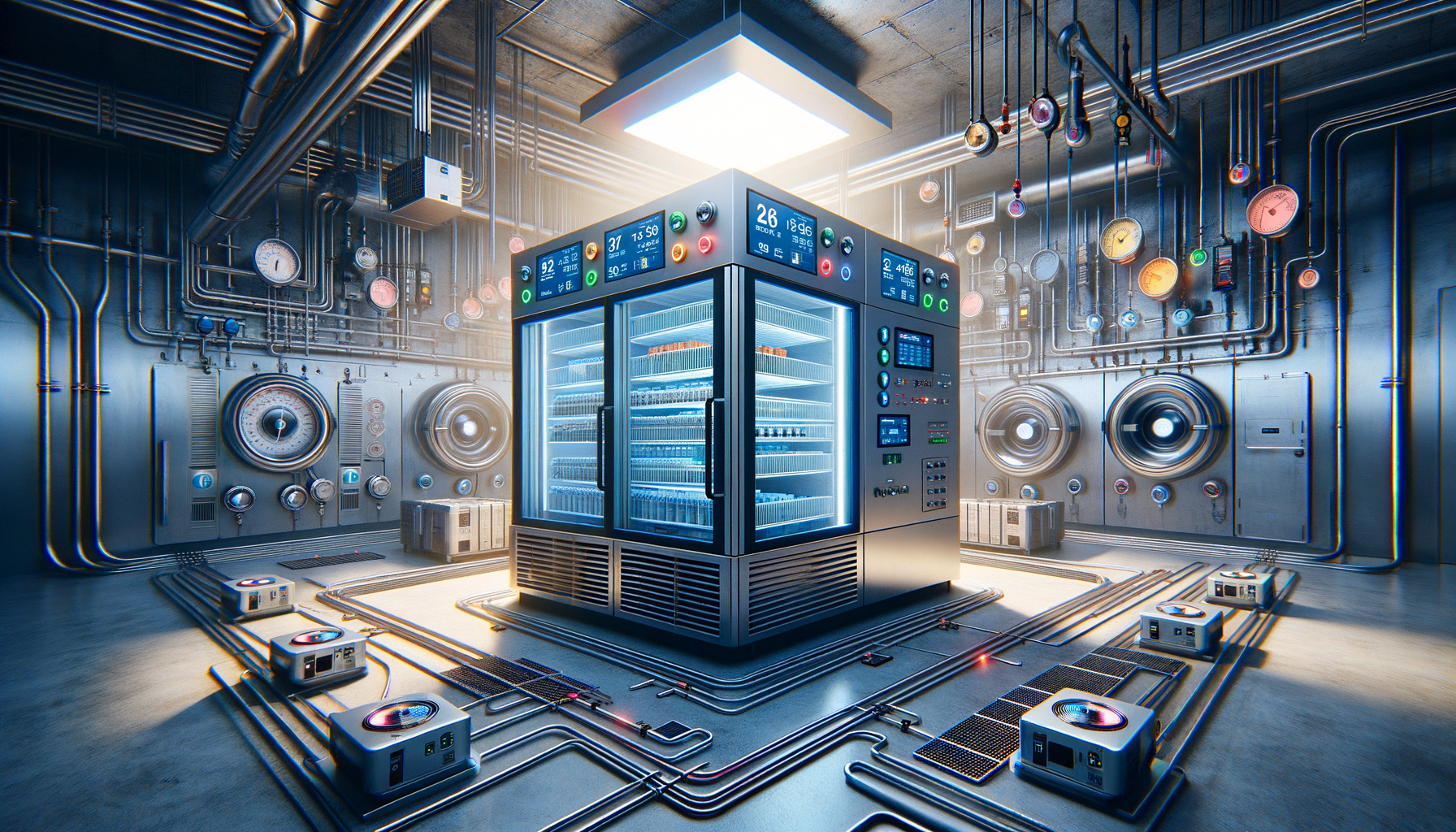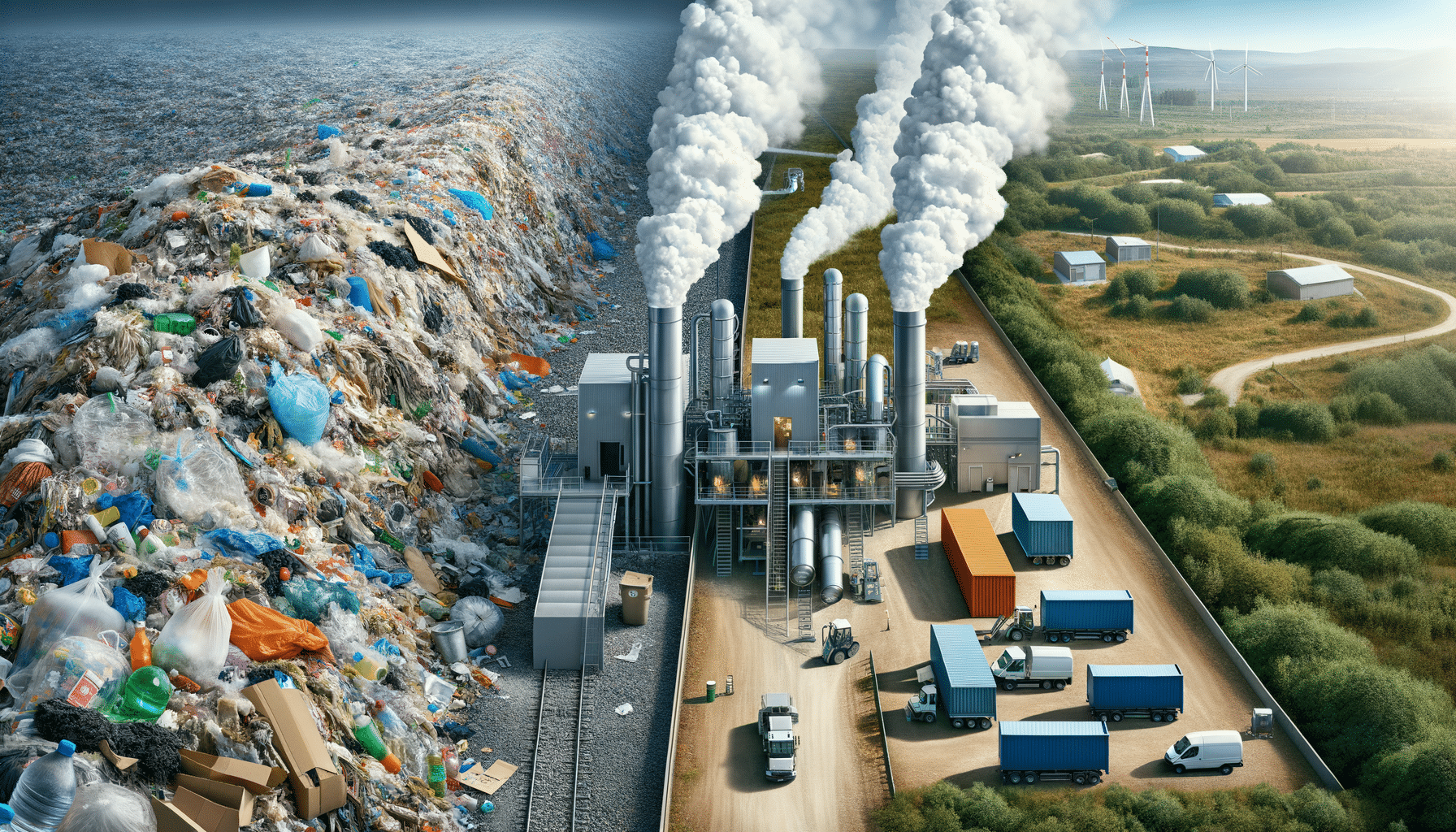
Understanding Data Center Chillers: Efficiency and Innovation
Introduction to Data Center Chillers
Data centers are the backbone of today’s digital infrastructure, housing vast amounts of data and enabling seamless connectivity. A critical component in maintaining these facilities is the data center chiller, which ensures that the temperature within the data center remains optimal for equipment operation. Without effective cooling systems, data centers risk overheating, leading to potential equipment failure and data loss. Therefore, understanding the function and importance of data center chillers is essential for anyone involved in managing or designing these facilities.
Data center chillers are tasked with dissipating the immense heat generated by servers and other hardware. They work by removing heat from the data center environment and transferring it outside, thus maintaining a stable internal climate. This process not only protects the equipment but also enhances the overall efficiency of the data center.
The Role of Chillers in Data Center Efficiency
Chillers are integral to the efficiency of a data center. They significantly contribute to the Power Usage Effectiveness (PUE), a metric used to determine the energy efficiency of a data center. A lower PUE indicates a more efficient data center, where less energy is wasted on cooling and more is used for computing tasks.
Data center chillers employ various technologies to optimize cooling efficiency. These include:
- Variable speed drives that adjust the chiller’s operation based on the cooling demand.
- Free cooling systems that utilize external air when conditions are favorable, reducing the need for mechanical cooling.
- Advanced control systems that monitor and regulate temperature and humidity levels in real-time.
By incorporating these technologies, data centers can achieve significant energy savings, reducing operational costs and minimizing their environmental impact.
Types of Data Center Chillers
There are several types of chillers used in data centers, each with distinct features and benefits. The choice of chiller depends on various factors, including the size of the data center, the local climate, and energy efficiency goals.
The main types of chillers include:
- Air-cooled chillers: These chillers use ambient air to dissipate heat. They are ideal for smaller data centers or those located in cooler climates where the air can efficiently absorb heat.
- Water-cooled chillers: Utilizing water to transfer heat, these chillers are more efficient than air-cooled systems, especially in larger data centers. They require a cooling tower to discharge heat into the atmosphere.
- Absorption chillers: These systems use heat sources such as natural gas or waste heat to drive the cooling process, making them suitable for facilities looking to leverage existing heat sources for cooling.
Each type has its advantages and trade-offs, and the selection often involves balancing initial costs with long-term energy savings and environmental considerations.
Innovations in Chiller Technology
As data centers continue to expand and evolve, so too does the technology that supports them. Innovations in chiller technology are focused on improving efficiency, reducing energy consumption, and enhancing sustainability.
Some of the latest advancements include:
- Magnetic bearing chillers: These chillers eliminate mechanical friction, leading to quieter operation and reduced maintenance costs.
- Smart chillers: Equipped with IoT sensors and AI-driven analytics, smart chillers can predict cooling needs and optimize performance dynamically.
- Hybrid systems: Combining multiple cooling technologies, hybrid chillers offer flexibility and efficiency, adapting to varying environmental conditions.
These innovations not only enhance the performance of data center chillers but also contribute to the broader goals of energy efficiency and sustainability in the industry.
Conclusion: The Future of Data Center Cooling
Data center chillers are pivotal in ensuring the reliability and efficiency of modern data centers. As the demand for data processing and storage continues to grow, the need for advanced cooling solutions becomes increasingly critical. By understanding the various types of chillers and the innovations driving their development, data center operators can make informed decisions that enhance performance and sustainability.
The future of data center cooling lies in the continued evolution of chiller technology, where energy efficiency, cost-effectiveness, and environmental impact are at the forefront of design and implementation strategies. As these technologies advance, they will play an essential role in supporting the digital infrastructure that underpins our connected world.


